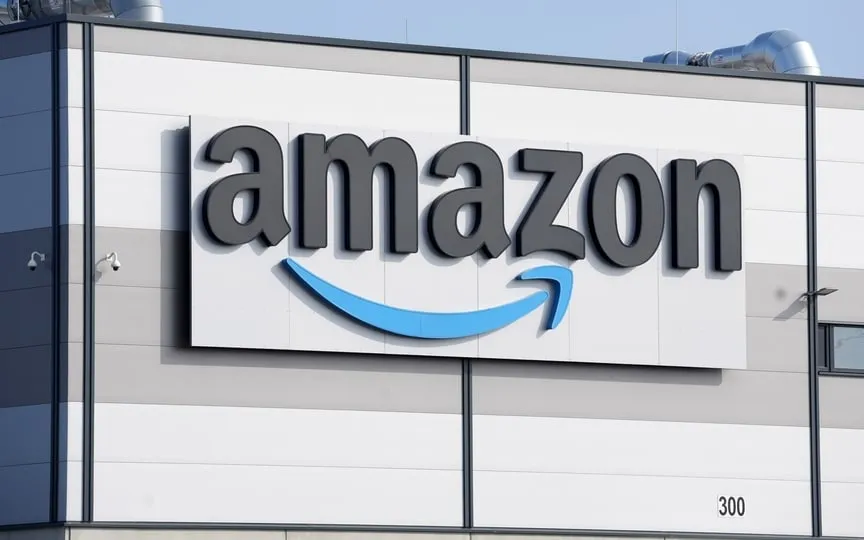Amazon Charging Sellers for Self-Shipping
In a surprising move, Amazon.com Inc. is introducing a fresh charge for sellers who opt out of utilizing the company’s logistics services. This decision has left many merchants feeling coerced, especially considering the imminent antitrust lawsuit that the US government is preparing to file against the e-commerce giant.
Thousands of third-party merchants who ship products through Amazon’s Seller Fulfilled Prime program will begin paying a 2% fee on each sale in October, according to documents reviewed by Bloomberg. That’s on top of the commission — usually 15% — that merchants already pay Amazon to sell products on the popular online store.
Several merchants interviewed by Bloomberg interpreted the new fee as an attempt to pressure them to use Amazon’s logistics services instead of placing orders themselves. The company did not explain to the vendors why the fee was required, but told Bloomberg that it helps cover the costs of maintaining separate infrastructure and measuring its performance.
Amazon has been accused of having too much power over the roughly 2 million merchants who use its platform. It accounts for about 37.6% of all online spending in the U.S., according to Insider Intelligence, or about six times more than its closest online rival, Walmart Inc. The Federal Trade Commission is preparing the final phase of an antitrust lawsuit against Amazon, and the timing of the new fee surprised some merchants and consultants.
“We’re sitting here waiting for the FTC to take action against Amazon for antitrust, and this payment shows that Amazon is not afraid at all,” said Jason Boyce, whose Avenue7Media helps about 100 companies sell products online.
In recent years, Amazon has raised fees for merchants, who typically pay for advertising and logistics to help maximize their sales. Business has become even more important to the company as sales growth in the core network business slows down. The vendor’s services generated $32.3 billion in the second quarter, up 18% year-over-year and more than the profitable cloud services business. Last year, for the first time, seller commissions began eating up about half the cost of each sale, making it harder for merchants to make a profit.
The new fee targets merchants who use Seller Fulfilled Prime, which allows them to handle logistics themselves and still receive an Amazon Prime ID that lets customers know they can expect fast delivery. These merchants often sell larger items, such as furniture, that are incompatible with Amazon’s highly automated warehouses, which are designed to handle mostly smaller items.
Amazon launched Seller Fulfilled Prime in 2015 as a way to expand inventory without overloading its fulfillment centers. It stopped enrolling in the program a few years later, saying merchants were struggling to meet Amazon’s delivery standards. Amazon announced in June that it was reopening enrollment in its Seller Fulfilled Prime program, which the company said was a move to appease regulators investigating it for antitrust, according to people familiar with the matter.
Amazon announced the new fee to merchants last week.
One office furniture retailer enrolled in Seller Fulfilled Prime said the fee will cost his company about $1 million a year, forcing it to raise prices. He will likely continue to use the service because Amazon has so many customers, but notes that he will not get anything extra in return for paying the fee.
Another merchant also expected to raise prices to cover the new fee, saying that for many merchants who use the service, the 2 percent fee will wipe out as much as a third of their already slim profit margins. He also said Amazon only gave sellers a few weeks’ notice, which made it difficult to adjust because inventory was already ordered for the busy holiday shopping season.
Both sellers requested anonymity for fear of retaliation from Amazon.
“We’re excited to offer Seller Fulfilled Prime as a way for Sellers to independently fulfill their products while offering Prime customers fast, free shipping, great customer service and free returns,” Amazon spokesman Jonathon Hillson said.
Amazon’s seller fees have been the focus of regulators and lawmakers since at least 2019, when a retailer accused Amazon of using its dominant position in e-commerce to force sellers to use its logistics services. The claim, which has been repeated by several sellers, has become the subject of an FTC antitrust lawsuit against Amazon, according to people familiar with the situation.
Juozas Kaziukenas, founder and CEO of Marketplace Pulse, which oversees online sales, says Amazon has made it more difficult for merchants to qualify for Seller Fulfilled Prime in recent years. Bottom line: “Most sellers use Fulfillment By Amazon instead.”




